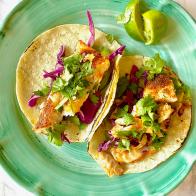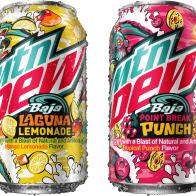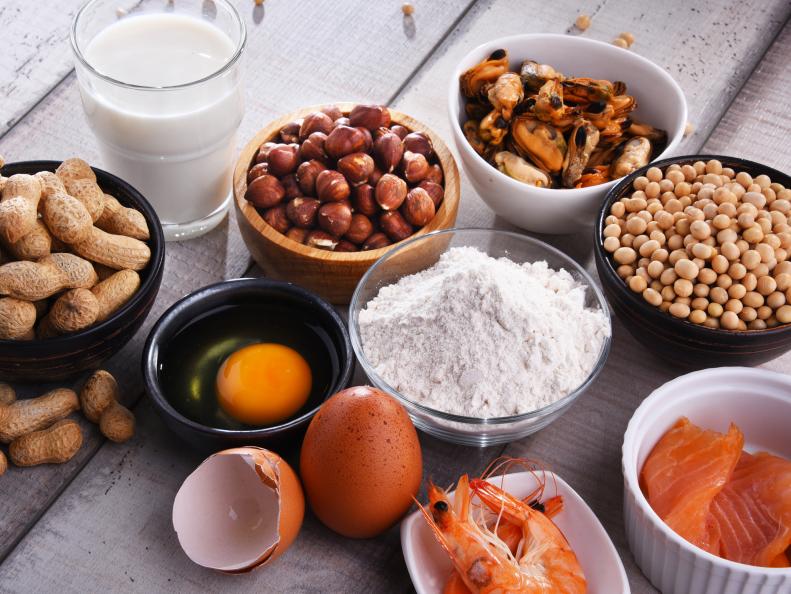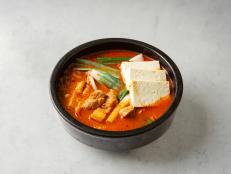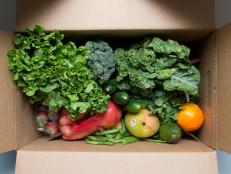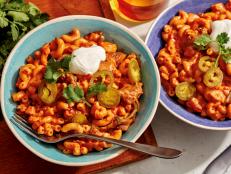9 Major Food Allergens
Thirty-two million Americans are living with potentially life threatening food allergies, according to Food Allergy Research and Education (FARE), and every 3 minutes a food allergy reaction sends someone to the emergency room. If you suspect a food allergy, seek the help of a qualified medical professional who can evaluate, diagnose and treat it properly. It’s not advisable to self-diagnose a food allergy as it can lead to unnecessary dietary restrictions and inadequate nutrition, which is especially concerning in children. There are several tests (or a combination of tests) that can be done in order to diagnose a food allergy including an oral food challenge, prick test, blood tests and food elimination diets. None of these tests can predict the severity of the next food allergy reaction. Regular testing is also recommended as food allergies can be outgrown over time. Here are nine of the most common food allergens and some hidden foods where they may be found.


